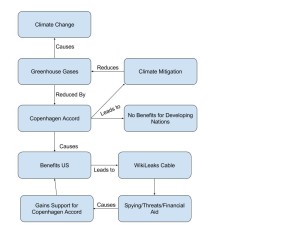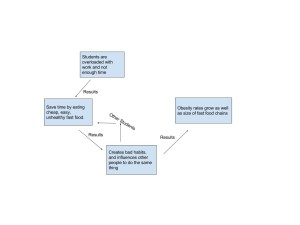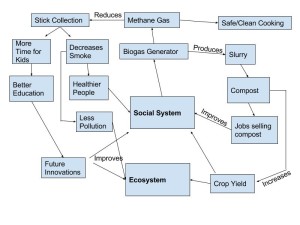- There are a lot of threats to biodiversity in the world today. The biggest ones can be remembered by using the acronym H.I.P.P.O.: Habitat Loss, Invasive Species, Pollution, Human Population, and Overharvesting. What are the biggest threats to biodiversity in your home state? (150 – 200 words)
Biodiversity is a constantly evolving concept and is going to change whether we do anything about it or not. We can make an extra effort to slow down threats, but no matter what species will grow and some will die. I think the biggest threat in Pennsylvania to biodiversity is habitat loss. Although I don’t think it is a giant problem, I think it is the biggest of the H.I.P.P.O acronym. A large amount and variety of different species that live in Pennsylvania live in the numerous forests that span across the state. Humans are constantly cutting down these forests for our own needs. When these forests are cut down we are destroying homes of a lot of different animals. When we remove almost any animal from its natural habitat its chance of survival decreases greatly and leads to a decrease in population.
- What are some things that you or your state could do to minimize these threats? (150 – 200 words)
There is no way to completely eliminate all the threats to biodiversity without putting ourselves in harm’s way, but there are definitely ways to minimize it. The state of Pennsylvania could survey different forests around the state in order to collect data on different species that live where and how many live in that area. By doing this they could selectively cut down trees that would cause the least damage to diversity. Not only could they minimize it, but if they see that a certain species only lives in a certain area they could avoid accidentally killing a species of something by cutting trees in a different location.
- Why is minimizing threats to biodiversity important? (150 – 200 words)
Everything has its place in the world and who are humans to eliminate another species? We need biodiversity to fulfil all the requirements of this complex planet that we live on. Sometimes we are the only thing that can stop a species from going extinct. Humans are a major threat to biodiversity, but we are also one of the biggest supporters of it as well. All species play an important role in the ecosystem. If we let species go extinct it will create a domino effect in which more and more species begin going extinct. By minimizing threats to biodiversity as much as possible, the likelihood of any species at all going extinct is greatly lowered.



